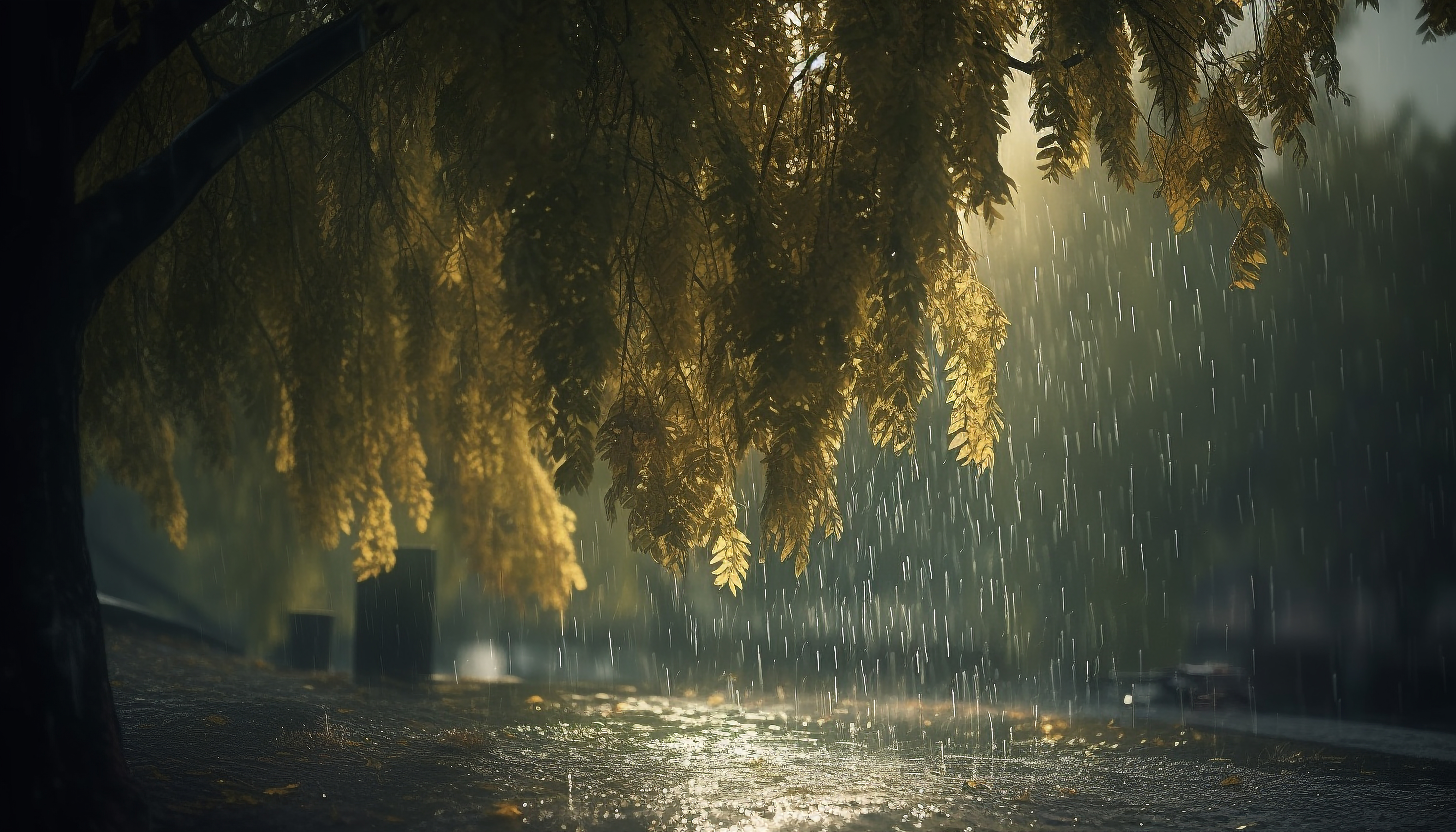How to Safely Remove a Fallen Tree from Your Property
By Tree Emergency Expert
Tree Emergency Expert

Fallen trees don’t wait for business hours. Whether it’s the aftermath of a storm or sudden root failure, you’re left with a massive problem in your yard. And in that moment, the wrong move can lead to injury, more property damage, or even an insurance headache.
How to Safely Remove a Fallen Tree from Your Property
"A mature tree can weigh anywhere from 10,000 to over 100,000 pounds. When one crashes down on your property, it's not just a mess—it’s a serious safety hazard."
Fallen trees don’t wait for business hours. Whether it’s the aftermath of a storm or sudden root failure, you’re left with a massive problem in your yard. And in that moment, the wrong move can lead to injury, more property damage, or even an insurance headache.
If you’re staring out your window at a tree that wasn’t on the ground yesterday, take a breath. This guide walks you through what to do next—step by step. From assessing danger zones to knowing when to call in the pros, we’ll help you handle the situation safely and smartly.
Let’s get started and get that tree off your lawn the right way.
Step 1: Assess the Area for Immediate Hazards
Before you touch anything, make sure it’s safe. Check for fallen power lines, leaking gas, or limbs that look like they could still fall. If any part of the tree has tangled with electrical wires, do not go near it—call your utility provider immediately. Safety first, always.
If the tree has hit your home or vehicle, take photos for insurance and avoid the area until professionals inspect it. Even branches resting against a structure can shift and cause further damage.
Step 2: Determine the Size and Scope
Not all fallen trees require a full-scale emergency response. A small sapling leaning over the driveway? You might be able to handle that with some basic tools. A massive oak sprawled across your roof? Time to call the pros.
If the trunk is thicker than your arm or the root system is exposed, you’ll likely need professional equipment and expertise.
Step 3: Make the Right Calls
If there’s any doubt, call a licensed tree service—especially one with emergency experience. Most will offer 24/7 support and can quickly evaluate the situation. Letting the pros handle heavy or dangerous removals can prevent injuries and ensure the job is done correctly.
Reach out to your insurance company to notify them of the situation and begin the claims process. Many policies cover storm-related tree damage, but they may require specific documentation or approved vendors.
Step 4: Clear What You Can (If Safe)
If the tree is small and not entangled in power lines, you may be able to cut and move small branches. Use gloves, protective eyewear, and proper tools—no chainsaws unless you’re trained. A hand saw or loppers work just fine for light cleanup.
Stack debris neatly and far from roadways or walkways. Your municipality may offer special storm debris pickup—check your town’s website for details.
Step 5: Schedule a Full Removal & Cleanup
Even if you cleared the obvious debris, stump grinding and root removal may still be needed. A professional tree service can finish the job, repair lawn damage, and advise on replanting if needed.
Ask about cleanup services, too. Many companies will haul away the wood and branches and leave your yard looking like the storm never happened.
Final Thoughts
Tree removal isn’t just about cleaning up—it’s about doing it safely and smartly. Don’t put yourself or others at risk by jumping in unprepared. Whether you call a pro right away or handle a few limbs on your own, knowing the right steps can make all the difference.
Need help with a fallen tree? Give us a call. Our team is ready to tackle the job—safely, quickly, and professionally.
Share this article:
Related Articles

How Straight-Line Winds in Media, PA Create Hidden Tree Hazards
Straight-line winds aren’t tornadoes. But they pack the same destructive punch. These winds, often part of fast-moving thunderstorms called derechos, blast in one direction—hard and fast. Speeds regularly hit 60 to 100 mph.

The Role of Technology in Emergency Tree Services—Powered by the 1 Tree Emergency App
Storm damage doesn’t wait for business hours. Trees fall fast. Homeowners panic. Insurance providers scramble. And contractors? They need to move even faster. That’s why the smartest emergency tree crews aren’t just running saws—they’re running the 1 Tree Emergency App. Built for speed, precision, and total coordination, it’s changing how tree emergencies are handled across the country.

Kalamazoo Weather Alert: Urgent Tree Removal Tips After the Storm
If you live in Kalamazoo, chances are you've been rattled by the intense storms that hit in May 2025. You’re not alone. Reports of downed trees, blocked roads, and power outages are pouring in from across the region. In fact, some neighborhoods near Milwood and Westwood saw wind gusts strong enough to split trees in half. Now that the worst has passed, it’s time to clean up—but safely. That tree leaning on your fence? It’s more dangerous than it looks. Here’s what to do (and what NOT to do) when dealing with storm-damaged trees in Kalamazoo.
Need Emergency Tree Service?
Our team of certified arborists is available 24/7 to handle any tree emergency.